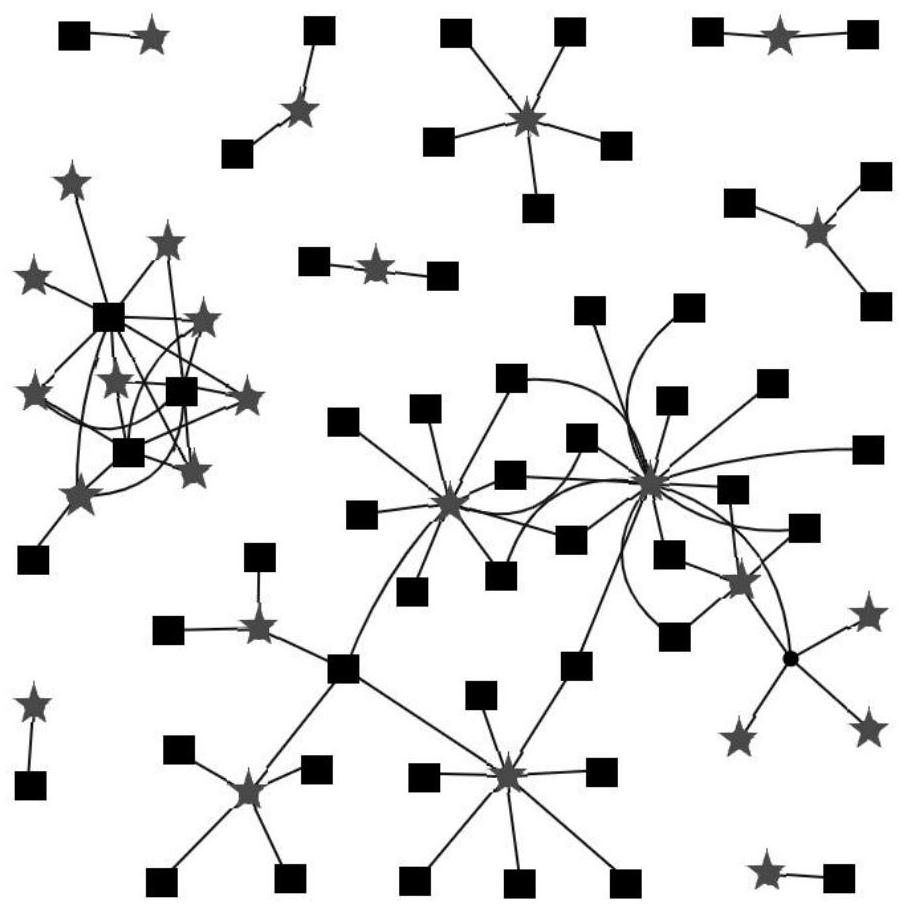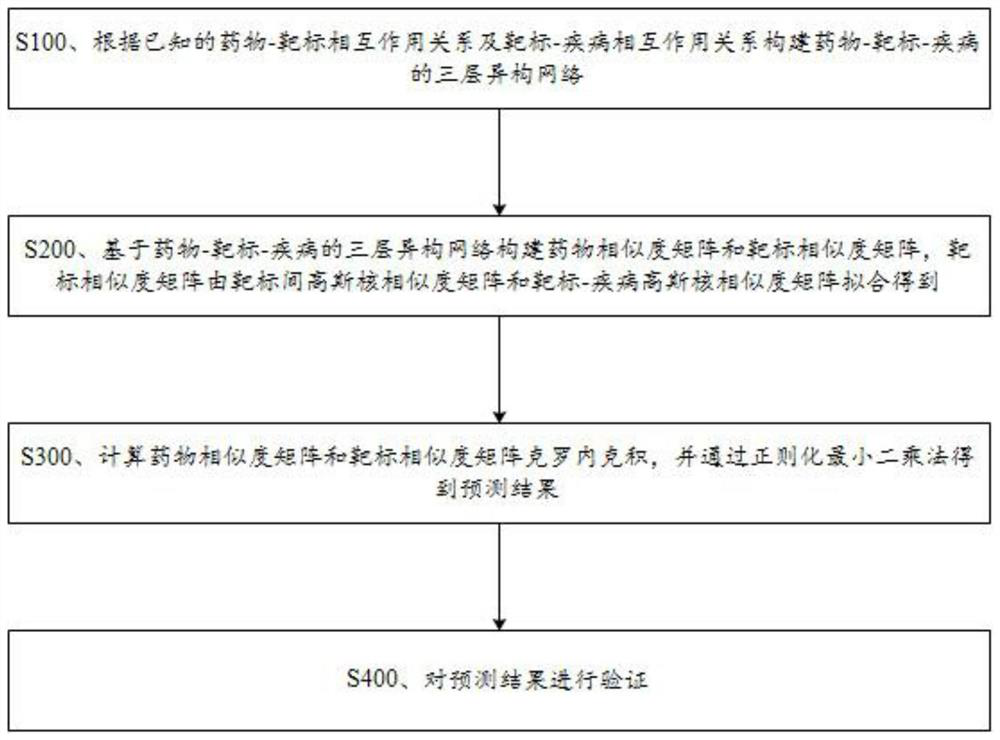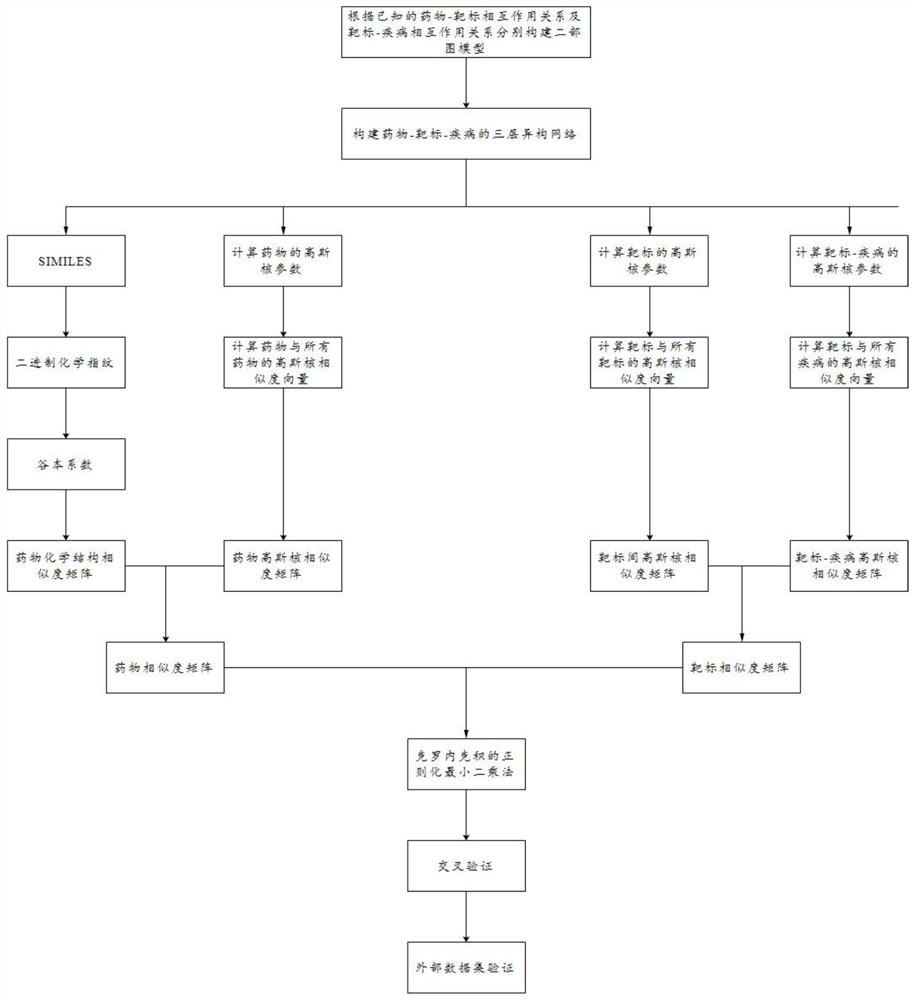Method and device for predicting drug-target interaction relationship
A target and drug technology, applied in the field of predicting drug-target interaction, can solve the problems of large-scale screening and prediction, difficult calculation level, and single model form, so as to avoid repeated experiments and excessive The effect of long-term and high research value
- Summary
- Abstract
- Description
- Claims
- Application Information
AI Technical Summary
Problems solved by technology
Method used
Image
Examples
Embodiment Construction
[0027] Embodiments of the present invention are described in detail below, examples of which are shown in the drawings, wherein the same or similar reference numerals designate the same or similar elements or elements having the same or similar functions throughout. The embodiments described below by referring to the figures are exemplary only for explaining the present invention and should not be construed as limiting the present invention.
[0028] refer to Figure 2 to Figure 4 , an embodiment of the present invention provides a method for predicting drug-target interaction, comprising the following steps:
[0029] S100. Construct a drug-target-disease three-layer heterogeneous network according to the known drug-target interaction relationship and target-disease interaction relationship.
[0030] Among them, the drug-target interaction relationship can be provided entirely by the benchmark data set; it can also be partially provided by the benchmark data set, and partly b...
PUM
 Login to View More
Login to View More Abstract
Description
Claims
Application Information
 Login to View More
Login to View More - R&D
- Intellectual Property
- Life Sciences
- Materials
- Tech Scout
- Unparalleled Data Quality
- Higher Quality Content
- 60% Fewer Hallucinations
Browse by: Latest US Patents, China's latest patents, Technical Efficacy Thesaurus, Application Domain, Technology Topic, Popular Technical Reports.
© 2025 PatSnap. All rights reserved.Legal|Privacy policy|Modern Slavery Act Transparency Statement|Sitemap|About US| Contact US: help@patsnap.com



